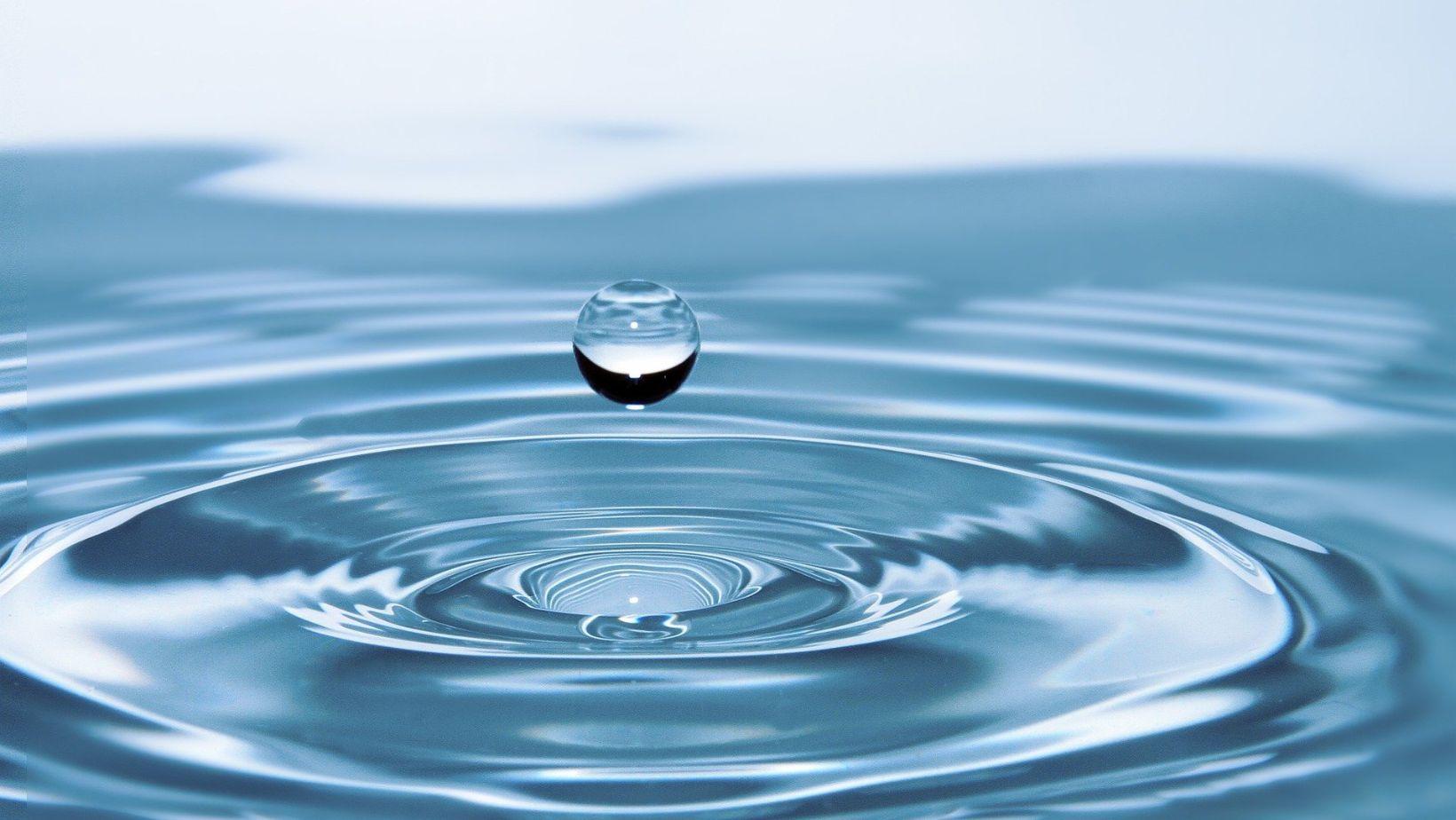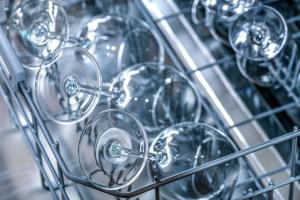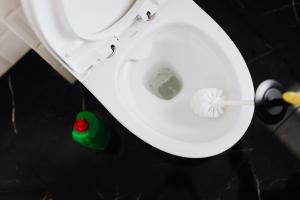
For those who live in hard water areas, water softeners can be used as a low maintenance method of removing hard water minerals. There are many benefits, such as promoting softer skin and hair, and preventing limescale.
However, it’s key that, to get the most out of your water softener, you help keep it as clean as possible. Your water softener works tirelessly to remove hard water minerals, so you must engage in regular maintenance to help keep it functioning to its full potential.
Our expertly trained technicians can service or repair your water softener to ensure you’re getting the best water for your home. Get in touch to book a repair, or check out our guide to maintaining your water softener below.
How Often Do You Need to Clean Your Water Softener?
Thankfully, standard water softeners require very little upkeep, so you won’t need to clean them too often. Whether it needs cleaning mostly depends on the condition of your water.
Modern water softeners will benefit from a good clean anywhere between once a year or every five years. However, if you start noticing a funny smell, signs of hard water, or discolouration, you will need to clean the system as soon as possible.
Maintain the Brine Tank
The first step of water softener maintenance is taking a look at the brine tank. We’ve listed the steps below.
Know What Salt Your Brine Tank Needs
If you’ve read our blog on how water softeners work, you will know that salt is a significant aspect of the ion exchange as the brine draw regenerates the resin beads.
Every water softener model works differently so always make sure you check the manual before you start adding any salt. The manual will guide you on whether the system runs on tablet, granular, or block salt.
Although granular salt is a common choice due to how easily it dissolves, ordinary salt crystals tend to run the risk of clogging the tank.
To keep things simple, we offer high-quality salt cartridges to pair with our Kinetico water softeners.
Check Salt Levels
At least once per month, check the salt levels of your brine tank. When the tank is below the ¼ mark, refill it no more than ⅔ to prevent salt bridging.
What is Salt Bridging?
Salt bridging is when the salt starts to clog inside the tank and form a ‘bridge’, preventing the salt from reaching the bottom of the tank. This will hinder your softener’s ability to properly regenerate.
They tend to form due to the following reasons:
- High humidity in the air.
- Using the wrong type of salt.
- Modern water softeners use less salt than they used to which gives it more time to clog.
How to Clean Salt Bridges
You’ll want to consult the manual to ensure you’re using the correct salt. If you live in an area with high humidity levels, we suggest refilling your brine tank with lower amounts in order to prevent bridges from forming.
If your tank happens to form salt bridges anyway, here are some ways to clean it:
- Gently hit the side of the brine tank to test if it’s become hard and encrusted.
- Pour hot water over the bridges to soften the salt and make it easier to get rid of them.
- Use a scraper to unjam and scrape out the salt.
- Use a blunt object (such as a broom handle) to crush the salt.
Dealing With Salt Mushing
Another potential problem is salt mushing. This is when the salt forms into a mushy layer at the base of the tank, clogging the brine instead of mixing with the water. This can lead to the water overflowing if you’re not careful.
As with salt bridging, you can use a broom handle to break it up and then scoop it up. You don’t have to discard the salt, in fact, you can dissolve it with hot water and then pour the salt back into the tank as long as it's not overly dirty.
Clean the Brine Tank
Now that you know what the general upkeep looks like for your brine tank, here are the steps for giving it a deep clean.
Empty the Tank Before You Clean It
Shut off the water supply before emptying. Pour the water out, discard it and then take out any remaining salt and discard that too. Use the previously mentioned methods to dissolve any salt bridges if need be.
Get Scrubbing
To get to the inside of the tank, set aside the brine grid from the base. If your tank contains a mesh platform at the base, remove this also.
Pour a generous amount of washing up liquid into hot water until it gets nice and soapy, then use a brush/sponge with a long handle so you can scrub the inside. Get rid of the soapy water and then rinse with plain water.
Can You Bleach the Brine Tank?
Harsh chemicals like bleach aren’t absolutely necessary. As always, we highly recommend reading the manual first, or even consulting a professional, before you resort to sanitising the tank. If the brine tank appears in need of sanitising here’s what you can do:
After cleaning the brine tank with soapy water and rinsing, mix around 2 ounces of bleach with 3 gallons of water. Leave the mixture alone for around 15 minutes to kill any harmful bacteria like mould.
You can scrub with a brush or a sponge once that time has passed and then rinse again with plain, clean water to ensure there’s no remaining traces of bleach. Now you can put any components you removed back.
Need further assistance with cleaning your water softener? Please do not hesitate to get in contact with a Kinetico water softener specialist or book a repair with our expert technicians, we are always here to help.








